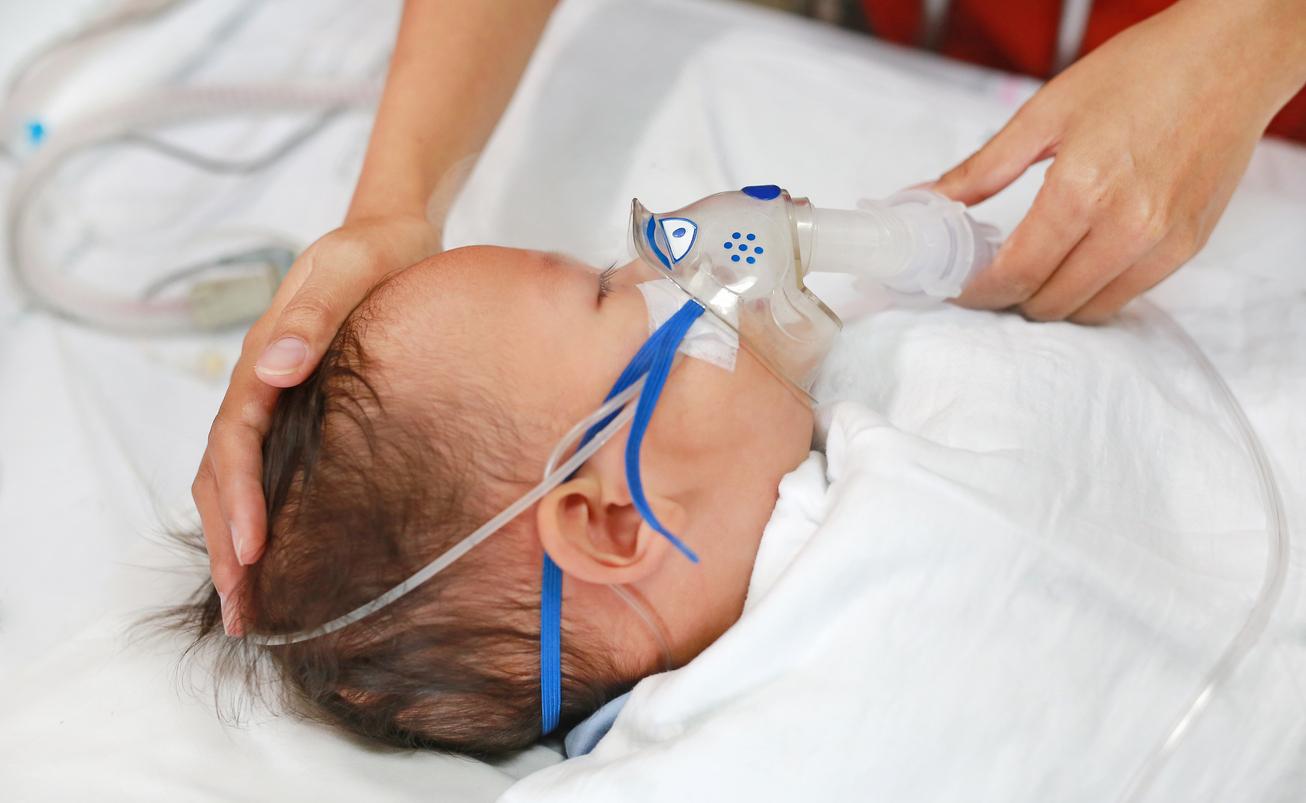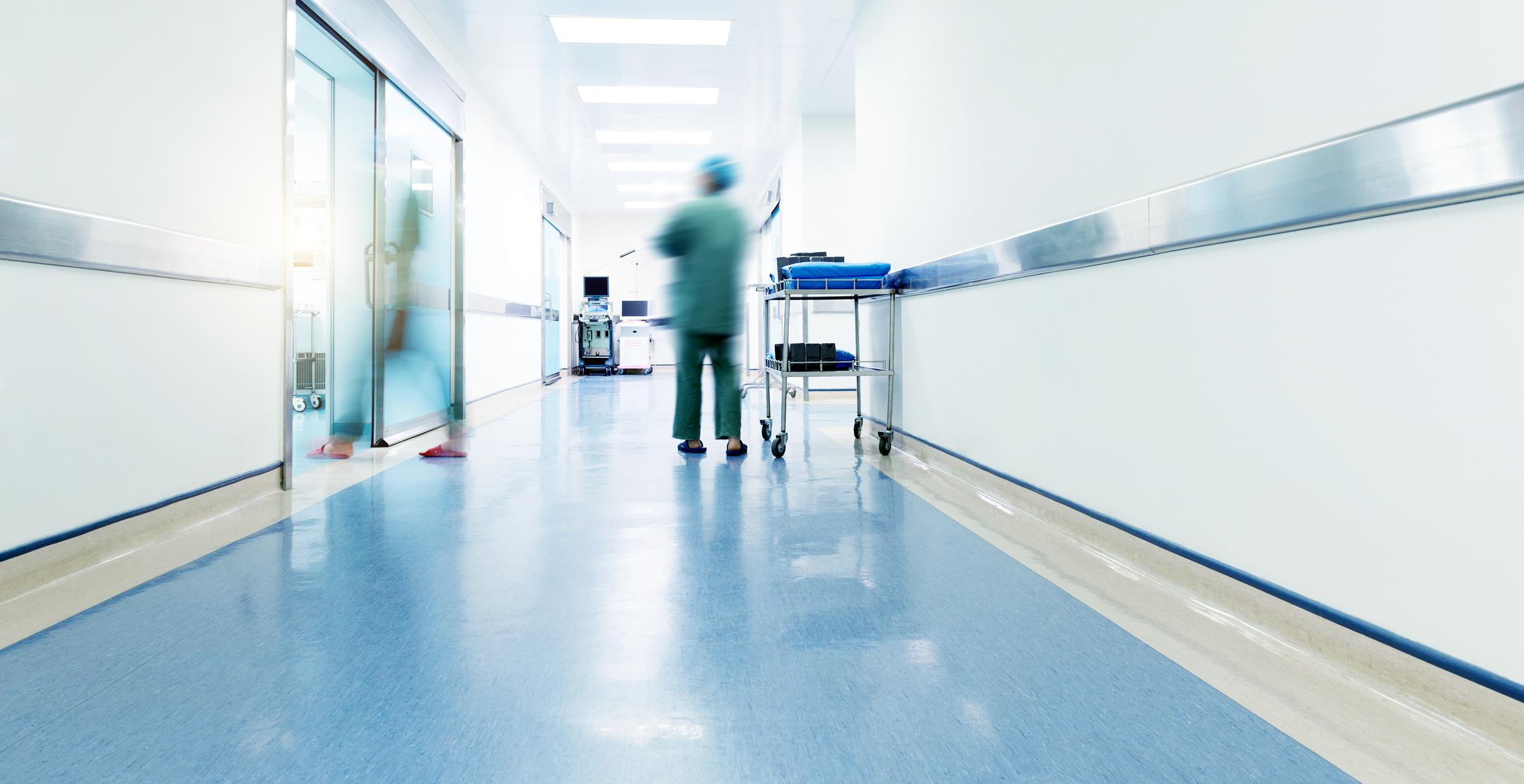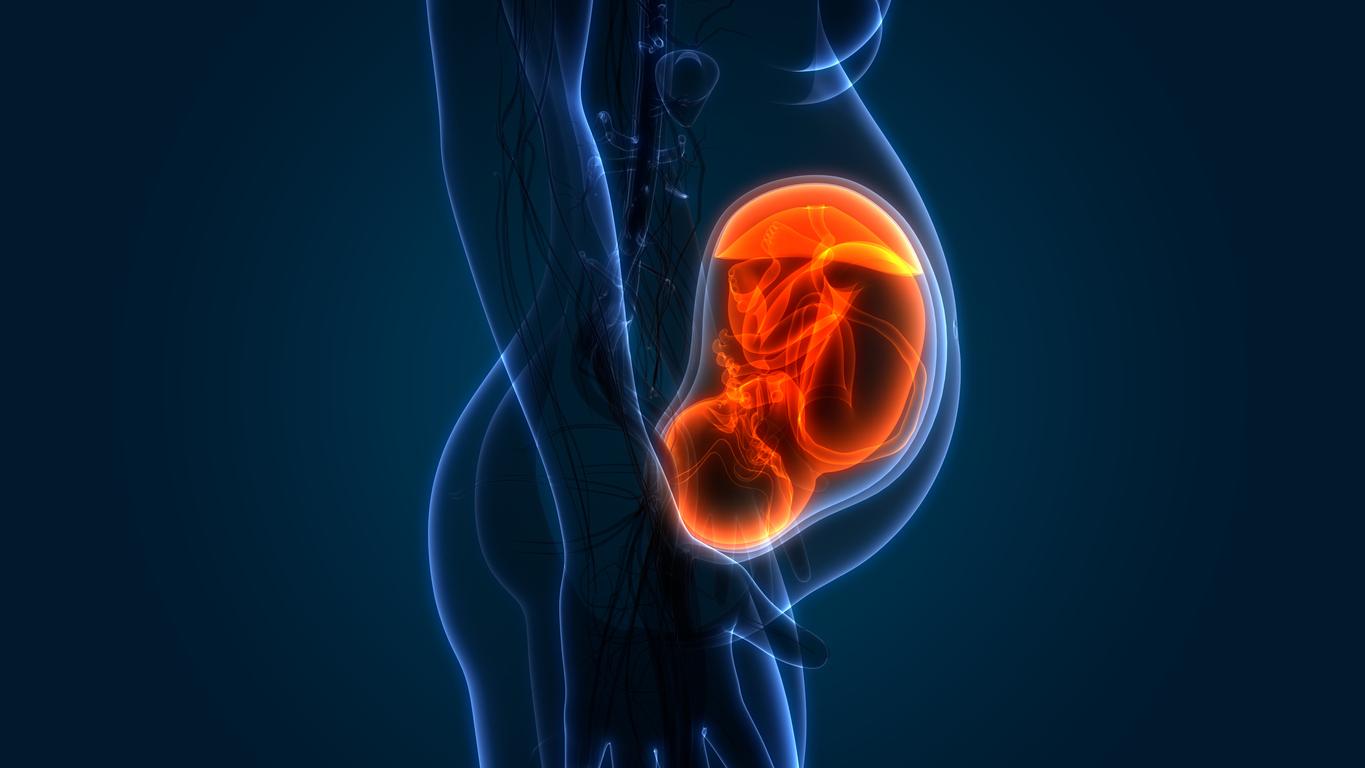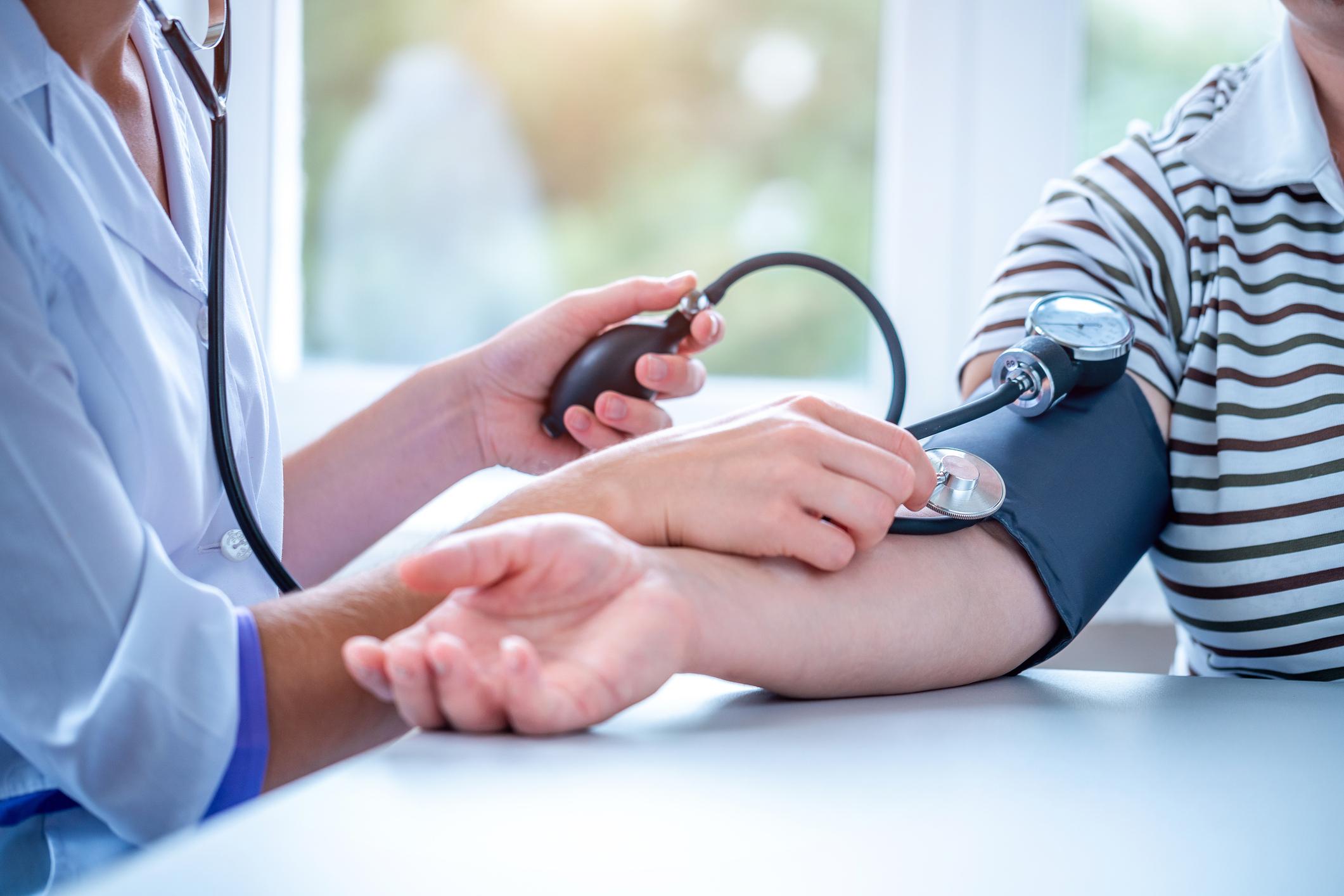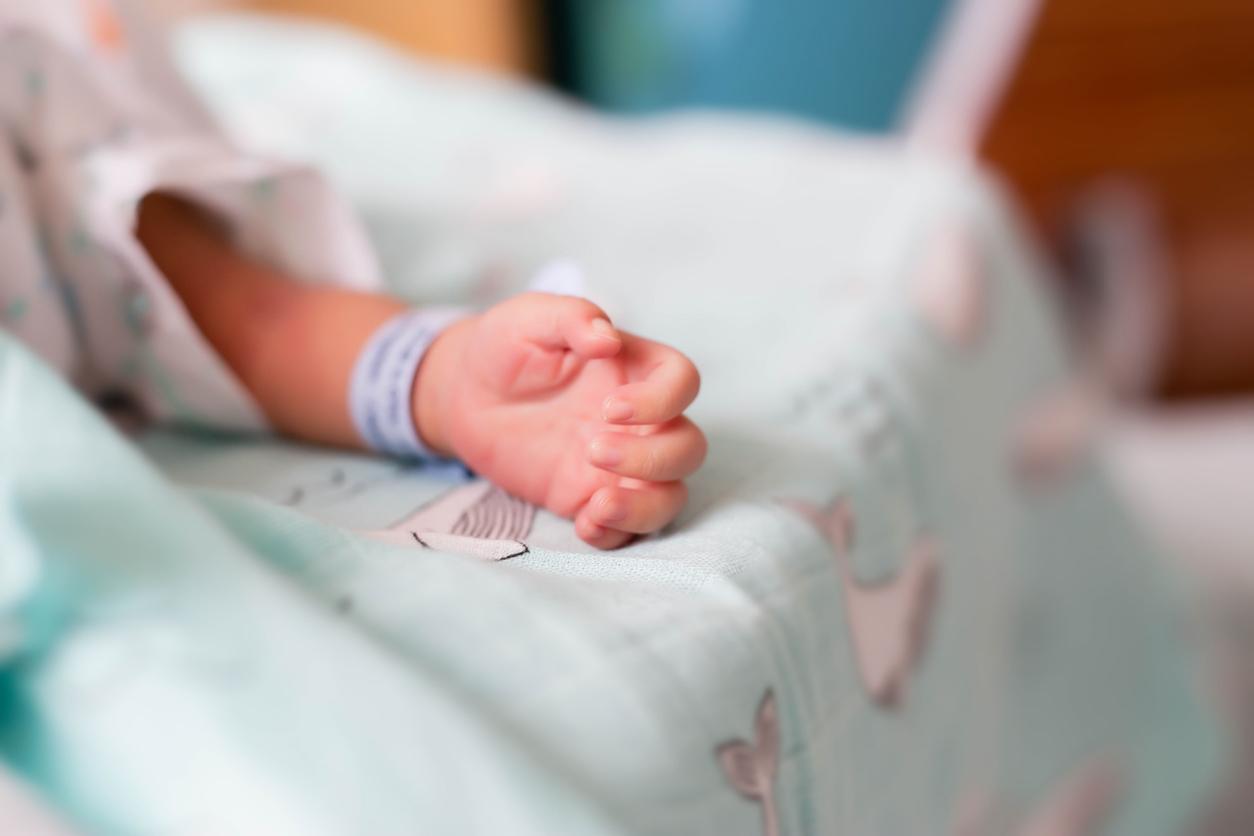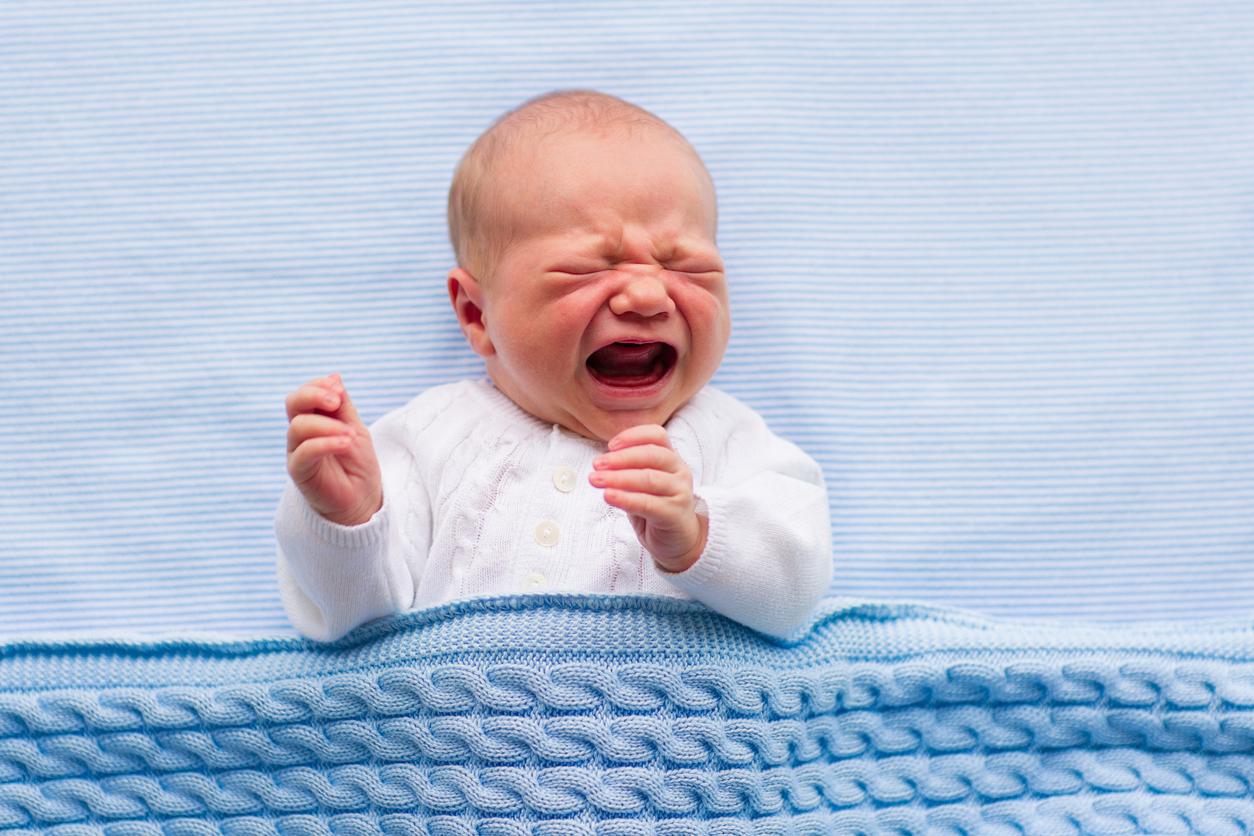Three little girls were born without arms in June, August and November 2016 in the Bouches-du-Rhône, around the Etang de Berre. New figures that revive the case of armless babies.
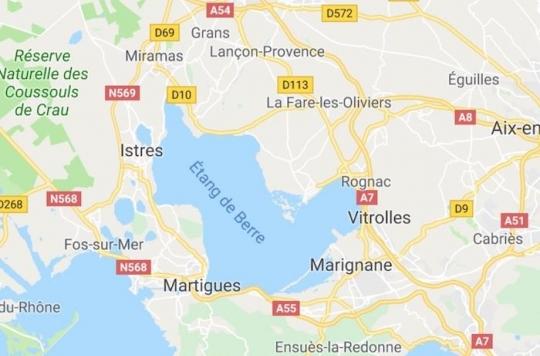
Suffering from transverse agenesis of the upper limbs (ATMS), three little girls were born without arms in June, August and November 2016 in the Bouches-du-Rhône, according to The Parisian. These malformations, normally extremely rare, have been recorded within a radius of 30 km around Vitrolles (Salon-de-Provence, Septèmes-les-Vallons and Gignac-la-Nerthe). Similar situations have already been identified in Ain, Morbihan and Loire-Atlantique.
A radius of 30 km
“Science estimates that an ATMS (transverse agenesis of the upper limbs) occurs in one out of 10,000 births. There are 27,000 births per year in the Bouches-du-Rhône, so with three agenesis per year, we is already above the total number expected. But, in addition, there they occur within a radius of 30 km. It is a very serious matter”, estimates Emmanuelle Amar, first scientist to have revealed an abnormally high rate of babies born without arms in Ain, thanks to a survey by the Register for the study of malformations in Rhône-Alpes (Remera) of which she is the director.
Despite more than alarming facts, two elements prevent us from talking about a health scandal for the moment. First, the experts did not associate these abnormal malformation rates with a specific cause, even if environmental pollution is strongly suspected. Concerning the Bouches-du-Rhône for example, “I looked at the files. Indeed, the cases appear around the Etang de Berre, in an area which is known to be very polluted, with health risks. This deserves further investigation to understand what happened”, analyzes Dr. Annie Lévy-Mozziconacci, geneticist, head of the fetal medicine center at Hôpital-Nord and PS municipal councilor in Marseille. In Ain, the parents of disabled children live in agricultural areas heavily treated with pesticides.
No national census
Then, there is no national inventory of transverse agenesis of the upper limbs (ATMS), which makes it impossible to measure the extent of the problem. “At present, we cannot rule on an excess of cases because we do not have data on births with malformations in the Bouches-du-Rhône”, laments Emmanuelle Amar. “What we can say is that this grouping in time and space questions and that we must at all costs push the investigations”, she concludes.
A national investigation has thus been initiated by the health authorities, the first conclusions of which must be made public at the end of January. But public subsidies to Remera, which has been working on this issue for 45 years, were cut this summer. “The consequences are very simple, it is the end of the monitoring of malformations, that is to say clearly the end of the alert too”, protests Emmanuelle Amar. The region simply replies that this is no longer part of its remit. Inserm justifies the abandonment of subsidies by stating that “the contribution of the register for research is very low”. A comment that causes confusion since two years ago, the former Minister of Health Marisol Touraine praised the work of Remera.
Congenital agenesis or amputation
Every year in France, children are born with a malformation of one or more upper or lower limbs: arm, forearm, hand, foot, tibia, fibula, etc. We then speak of “agenesis or congenital amputation”, corresponding to the absence of formation of a limb during embryonic development, and of “dysmelia”, which means a malformation of one or more limbs.
.










